Medically reviewed by Dr. Ram Raj
Ayurveda is a five-thousand-year-old healing system that originated in the Vedic culture of ancient India. We see the first mention of ‘Ayurveda’ in the Sanskrit text, ‘Vedas,’ which means ‘Knowledge of Life. Unlike other medicines, Ayurveda aims to promote good health and wellbeing by keeping the mind, body, and soul in equilibrium and preventing the disease rather than treating it. Though Ayurveda has its origin in India, it has evolved over the years and spread its wings in different parts of the world.
What Is Ayurveda?

Ayurveda is a popular form of medicine that tries to infuse physical characteristics with forces of nature. Ayurveda recognizes three basic types of energy or functional principles (also known as doshas) that manifest in the human body. These are Vata, Pitta, and Kapha. All these functional principles exist in various ratios within everyone, with one usually more dominant than the others. In Ayurveda, when these doshas or principles stay balanced, we feel healthy and well. However, when they are imbalanced, one can experience various problems and is more likely to suffer disease
Ayurveda and Its Ancient History

Ayurveda has a long history dating back thousands of years. When it comes to therapy methods, Ayurveda was well ahead of its time. The majority of information about health and sickness may be found in the Atharva Veda. According to historians, Ayurveda and its roots can be traced back to the divine Vedic text of Atharvaveda. The RigVeda, the oldest Veda, does, however, describe illnesses and therapeutic herbs.
Ayurveda as a treatment practice extends to other periods of history as well. The golden period of Ayurvedic medicine can be traced back to 800 BCE to 1000 CE. We see references of both Charaka and Sushruta. Both of them have written Charaka Samhita and Sushruta Samhita, respectively. Charaka was a physician, while Sushruta was a surgeon. There are also lesser-known treatises of health and wellness as well like the one written by Vagbhata.
Ayurveda suggested nose jobs, kidney stone removal, and stitches millennials ago. The procedure of treatment mentioned in the Ayurveda is all herbal. It recommends the use of 700 different herbs to treat both physical and mental illnesses. It talks in detail about treating a host of illnesses like dry skin, fever, diarrhea, tumors, seizures, heart disease, etc.
What is ‘Prakriti’ in Ayurveda? How does it influence a person’s health and wellbeing?
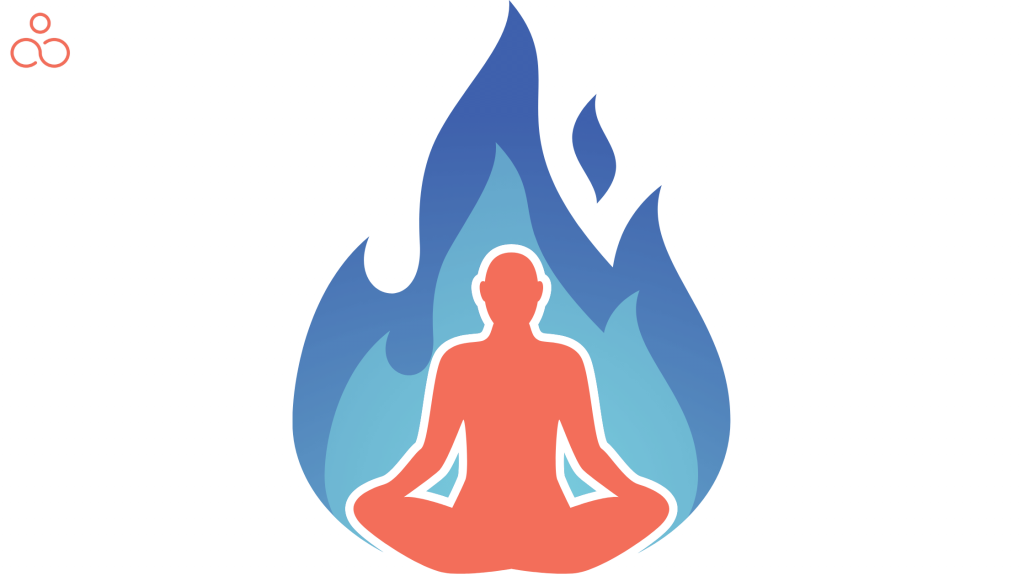
Prakriti can be described as the type of character and combination of doshas one has. It is usually said that a person is more likely to have one dosha, which will be out of balance. One can have two or three doshas as well. Prakriti is, however, fixed and transient. A fixed Prakriti is inherent to your core energies. It means these combinations of natural forces cannot be changed.
The transient Prakriti can be changed. The proportion of doshas are determined through many factors. These factors include environment, diet, the seasons, the climate, age. This Prakriti has a good chance of being altered. Changing this Prakriti helps people treat their health problems in the context of the doshas.
Doshas in Ayurveda
Ayurvedic medicine tries to merge both the physical characteristics of a human being with the forces of the universe. It believes that the world and humans are alike, having five elements in them. These elements are:
- Aakash (space)
- Jala (water)
- Prithvi (earth)
- Teja (fire)
- Vayu (air)
The various proportions and combinations of each of these elements then lead to the formation of doshas. These doshas then formulate the identity of a person. Also, these combinations shape the physiological, mental, and emotional health of a person.
It is interesting to know that the constitution of the imbalance can either stem from one or multiple natural force imbalances. A person, for instance, may be predominantly pitta, and others may be mostly Vata. A qualified ayurvedic practitioner can assist in identifying the dosha one has. Knowing the dosha and its imbalance can further tell you where the treatment practice should be progressed.
Let’s look at all the doshas in much detail:
Vata
Vata consists of two major energies that are space and air. It will also be cool, light, dry, flowing, and spacious. People having Vata characteristics will be very slim, energetic, and creative. They have a pacing mind. It is because of the free-flowing nature they have. They are flexible, creative, and imaginative. Because of their no-strings-attached minds, they can be considered flaky and ungrounded. They might lack a certain level of commitment to pursue things.
Strengths that a Vata person possesses
- They can learn quickly.
- They are flexible in their approach to dealing with the world.
- They will be able to let go of things pretty soon.
- They will love multitasking.
- They will love to do things on the go.
Weaknesses that a Vata person possesses
- They can have poor memory.
- They may forget things very quickly.
- They can have poor circulation.
- They could be easily put under pressure.
- They can be anxious.
- They might not be able to fulfill promised commitments.
Imagining a modern ‘Vata’ character
We live in a modern world in today’s time. But the roots and ancient ways of understanding someone’s persona are still prevalent. If we try to understand a Vata persona from today’s lens, their behavior will be different. A Vata can be an artist, poet, content writer, scriptwriter, cinematographer, sports involving fast movement, chef, etc.
A Vata character will love to be in constant dialogue with their thoughts. He is a great character for people who love to work in anything creative. A person with majorly Vata characteristics should pursue a free-thinking job.
Pitta
Pitta is generally associated with fire and water in Ayurveda. It will be hot, sharp, oily, liquid, and mobile. People with pitta characteristics tend to have a muscular stature. They will become strong athletes and can become leaders. Their inherent sense of being is dominated by their willingness to compete. These leadership qualities can sometimes be off-putting, and people may not like pitta.
Strengths that a pitta person possess
- They are purposeful.
- They are brave.
- They master skills fast.
- They want to work hard.
- They compete to achieve success.
- They have quick circulation.
- They have lots of hair.
Weaknesses that a pitta person possesses
- They are impatient.
- They get provoked easily.
- They are always hungry.
- They can be sensitive to hot temperatures.
- Their competitive spirit is extreme and hence seems off-putting.
Imagining a modern ‘pitta’ character
A modern pitta character shall be athletic, ready to fight, and not succumb to fear when needed. Pitta personalities are akin to army men, sports athletes, politicians, leaders of big companies, etc.
The righteous pitta character would love to be honest with his natural energies. He shall be fighting for the right causes and protecting his people. Also, pitta tends to be adamant and strong with their words. A pitta person can also be a lawyer for their stellar debating skills.
Kapha
Kapha is a characteristic of slow, stable, steady, heavy, cold, and soft. It is based on earth and water. People who are of Kapha origins are quite bulky. They are thick-boned and big. They love stability. Kapha people are emotional, caring, slow, and subtle beings. They take things one at a time. They can be quite muscular given the fact they exercise. They can put on weight easily.
Strengths that a Kapha person possess
- They are empathetic.
- They love to care for people.
- They are patient.
- They are trusting.
- They have a healthy immune system.
- They have strong joints.
Weakness that a Kapha person possess
- They can gain weight easily.
- They have a slow metabolism.
- They can oversleep.
- They can be sluggish.
- They could be depressed.
- It is very much advisable for them to move constantly to beat depression.
Imagining a modern ‘Kapha’ character
If we see a Kapha person from the lens of society today, he will be a great motivator. He will be extremely well at doing jobs related to emotions, mental health, stability, and security. A Kapha person should be in traditional 9-5 jobs as they love routine.
A Kapha person can be a teacher, counselor, psychologist, doctor, etc. We need a lot of love, care, and affection in our formative stages of life. A Kapha person can provide us with that warmth alongside the knowledge.
Here we have listed a detailed table, if you are interested feel free to go through it.
Guidelines for determining your Vikruti (Constitution)
| Observation | V | Vata (Air Type) | P | Pitta (Fire Type | K | Kapha (Earth Type) |
| Body Frame | Lean, Tall or Short | Moderate | Large | |||
| Body Weight | Likely to be underweight | Moderate | Heavy, Overweight | |||
| Skin | Skinny, Harsh, Scratchy, Cold | Warm, Smooth, And Mottled With Moles, Acne, Freckles | Thick, Oily, Cold, Whitish, Pale, Smooth | |||
| Eyes | Sunk deep, Dry, Lively, Black, Brown, Nervous | Gray, Green, Yellow, Sharp, Bright, Light-sensitive | Big, Magnificent, Blue, Calm, and Adoring | |||
| Ears | Ringing | Pain, Infections | Clogged, Discharge | |||
| Nose | Uneven Shape, Deviated Septum | Long Pointed, Red Nose-Tip | Short Rounded, Button Nose | |||
| Lips | Dry, Cracked, Black/Brown Tinged | Red, Inflamed, Yellowish | Smooth, Oily, Pale, Whitish | |||
| Teeth & Gums | Protrude, Wide and Roomy, Thin Gums | Moderate, Soft & Tender Gums | Healthy, White, Strong Gums | |||
| Lips | Dry and Cracked, Black/brown tinted | Red, Inflamed, Yellowish Tinged | Soft, Oily, Whitish, Pale | |||
| Neck | Thin and long | Moderate | Thick and Short, Folded | |||
| Cheeks | Wrinkled, Sunken | Smooth Fat | Plump and Rounded | |||
| Belly | Thin, Flat, tend to be Sunken | Medium | Expanded, Round shaped | |||
| Belly Button | Small & Irregular | Oval shaped, Superficial | Deep, Round shaped and Stretched | |||
| Joints | Cold, Cracking | Medium | Large, Well Lubricated | |||
| Hips | Slender, Thin | Medium | Large and Heavy | |||
| Hair | Dry, Brownish, Blackened, Knotty, Fragile, And Thin | Sleek, Oily, Blond, Grayish, Red, and Bald | Strong, Curly, Oily, Wavy, All Colors | |||
| Nails | Rough, dried, and Brittle | Sharp, Supple, Pinkish, And Lustrous | White, Pale, Thick, Oily, Cold | |||
| Taste | Sweet, Bitter, And Salty | Sweet, Sour, and Acidic | Bitter, Prugent, Acidic | |||
| Appetite | Variable, Scanty | Strong and Unbearable | Slow, Steady | |||
| Digestion | Irregular, Gas & Bloating | Quick, Acid Ingestion | Prolonged, Indigestion, Forms Mucous | |||
| Thirst | Changeable | Strong | Low | |||
| Intellect | Rapid but faulty response | Abrupt but Accurate response | Slow, Exact Response | |||
| Emotions | Anxious, Fear, Insecure, | Anger, Irritable , Jealous, Judgemental | Calm, Greedy, Loving | |||
| Mind | Active, Restless | Intense, Aggressive | Calm, Slow | |||
| Metabolism | Superactive | Moderate & Competitive | Slow and Lethargic | |||
| Dreams | Many, Fearful, Active | Often Fiery, Angry, Violent | Often Calm, Watery, Related to Relationships | |||
| Sleep | Wakes Easily, Insomnia | Insufficient, Short but sound | Prolonged | |||
| Faith | Variable | Intense, sometimes Fanatical | Consistent, Steady | |||
| Speech | Rapid, Vague ideas | Sharp, Determined, Penetrating | Slow and often Monotonous | |||
| Elimination | Irregular, likely to constipation, Dry | Regular, Loose Stools | Slow, Oily, Regular, Thick | |||
| Financial | Poor, Spends quickly on trifles | Moderate, Spend money on good items | Rich, Preserves Money |
What are some health benefits of Ayurveda?
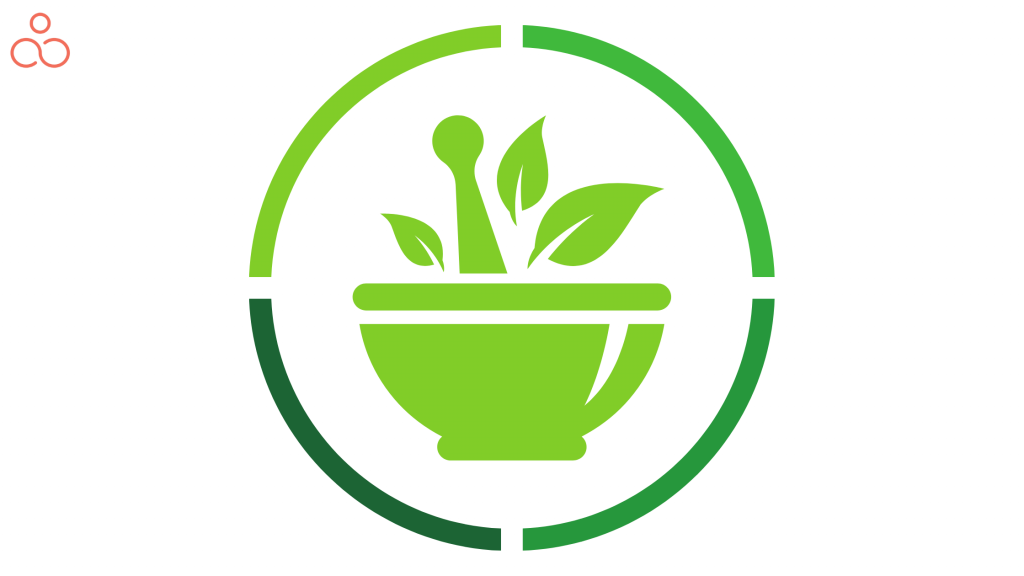
Ayurveda is a very individualized approach to treating a person. It’s not a one-style fit approach to solving health issues. It recognizes that every person is inherently different in the constitution of Pitta, Vata, and Kapha. One can prevent bodily diseases by knowing which dosha to balance. Ayurveda offers many life-altering benefits. Here are some of the primary benefits that one can achieve with consistent use of Ayurveda.
Promotes Healthy Mind, Body, and Soul
Ayurveda promotes a healthy lifestyle which ultimately leads to a healthy mind, body, and soul. Doing meditation or Yoga, taking proper sleep as per the Ayurvedic routine, and eating the right type of diet based on your dosha can help a person have a healthy mind and body.
Helps in reducing inflammation
Inflammation can cause a lot of health problems for any person. Ayurveda can reduce inflammation by focusing on sleep, eating habits, and mindfulness and can help address causes resulting in inflammation.
Helps in Improving Sleep
The modern lives that we live can be so addictive. Modern gadgets, caffeine, and unhealthy snacks disrupt our sleep cycle. Ayurveda’s balanced, well-tested method of nutritious eating, as well as mindfulness, can improve your sleep.
Weight loss and Maintenance
Adopting a healthy diet and ayurvedic lifestyle (such as Yoga) can surely shed some pounds from excess body fat. Ayurveda helps you to be conscious about what to eat and what not to. It helps you to be mindful of your nutrients. If you allow your body to cleanse itself through the correct diet and exercise, it’s possible to get the appearance of a well-toned body.
An Ayurvedic practitioner can help you determine the correct nutritional diet for your body and work on your dosha type.
Helps in digestion
One of the major benefits of eating food per ayurvedic style is the easy digestion of food. Ayurveda gives a lot of importance to gut health. If a person can digest food easily without any issue, fewer toxins will circulate through his body. So, being healthy is directly related to a person’s gut health. If you eat as per your dosha and take only a healthy diet, more than half of your problems related to digestion can be solved.
What is the opinion of modern science on Ayurveda?

Modern science at first remained skeptical about Ayurvedic medicine. But now, there is much evidence suggesting how ayurvedic treatments and herbs can tackle health problems. It is not unusual for modern scientists and doctors to study the effects and influences of herbs in our bodies. All these herbs have chemical compounds which interact in our body in a certain way.
In recent times, scientists have tried to study herbs such as Ashwagandha (ashwagandharishta) or curcumin. Both of these herbs are ancient medicinal herbs and have been used by many people to treat various diseases since ancient times. Ashwagandha offers many benefits to your body and brain. For instance, it can boost the functioning of the brain, reduce blood sugar levels, fight symptoms of anxiety and depression, and help in managing body stress. Similarly, Turmeric’s main benefits come from its active ingredient, curcumin which has powerful anti-inflammatory, antibacterial, antioxidant, and antimicrobial effects. It can help fight inflammation, can help keep blood sugar levels steady, and might help you fight off a variety of viruses and flues.
However, science also sees the validation of Ayurveda as a double-edged sword. People might be very excited to buy spices or herbs once they are validated by science. But once they start using them, they do not receive the benefits in a better manner. This is also happening because of the quality of the product one uses or the quantity of use. People should be using natural herbs under expert supervision. It is always recommended to get a doctor’s opinion before using any spice or herb as a medication. For this, you might want to visit a doctor or medical practitioner who can better guide you on this subject.
Growing Trends of Ayurveda in Western Culture And Its Acceptance
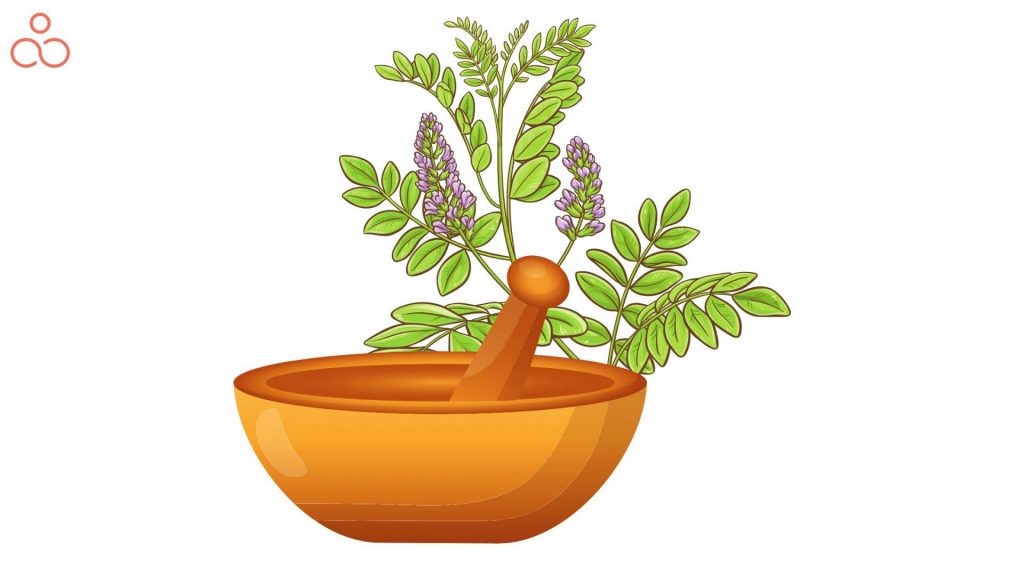
The relationship Ayurveda has with western culture is very different. How the western world accepted Ayurveda can be divided into multiple time frames. The first part of the acceptance can be seen during colonial times.
Rejection of Ayurveda in colonial times
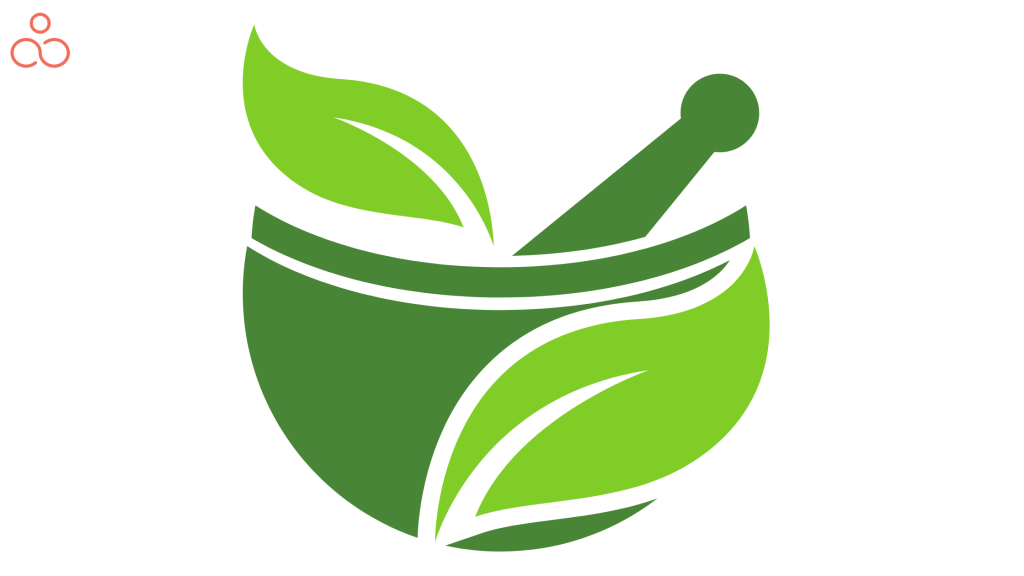
However, the ayurvedic practice was not accepted entirely by the colonial officials who invaded India during that time. But local Vaidyas (traditional doctors) found a way to sell their medicinal herbs to locals.
During the colonial regime, we saw the development of merging both western styles to deliver natural medicines. Vaidyas now kept their herbal medicines in bottles as compared to earthen pots. They also somehow deviated from the actual process of development of ayurvedic medicine. It was prescribed in the traditional books that the medicine should be dried and then used in earthen pots. The whole process was natural and merged sunlight to make medicine.
The process of industrially incorporating ayurvedic medicines into a tablet form and then selling it was developed during the colonial times. Vaidyas were asked to translate the ayurvedic texts to English. Then it was made sure to see the medicines from a biochemical perspective. Several trials would be performed to know the efficacy of all the biochemicals and how they respond to a health issue.
Ayurvedic medicine in post-colonial times
It is essential to understand the basics of medicine manufacturing are still prevalent. Western society still confuses Ayurveda as a life practice or disease prevention tool. Ayurveda tells you how to remain away from possible diseases. It might not be very effective in treating a disease.
However, there are many research papers that state the benefits of certain potent herbal medications. Beyond that, Yoga has affected the western world in such a more profound manner. Though, Yoga, in general, was a much deeper concept than an hour of stretching. The western world has incorporated Yoga in the form of physical exercise very dearly in their routines.
Many yoga studios are opening up in the nook and corner of many developed nations. People do a yoga session to remain fit. Yoga is seen as a health-enhancing tool. Yoga, in literal terms, is much philosophical and holistic. Even on that front, a lot of the western world is taking inspiration from Yoga’s deeply philosophical and spiritual aspects.
‘Ayurvedic diet’ is a new type of diet for the western world
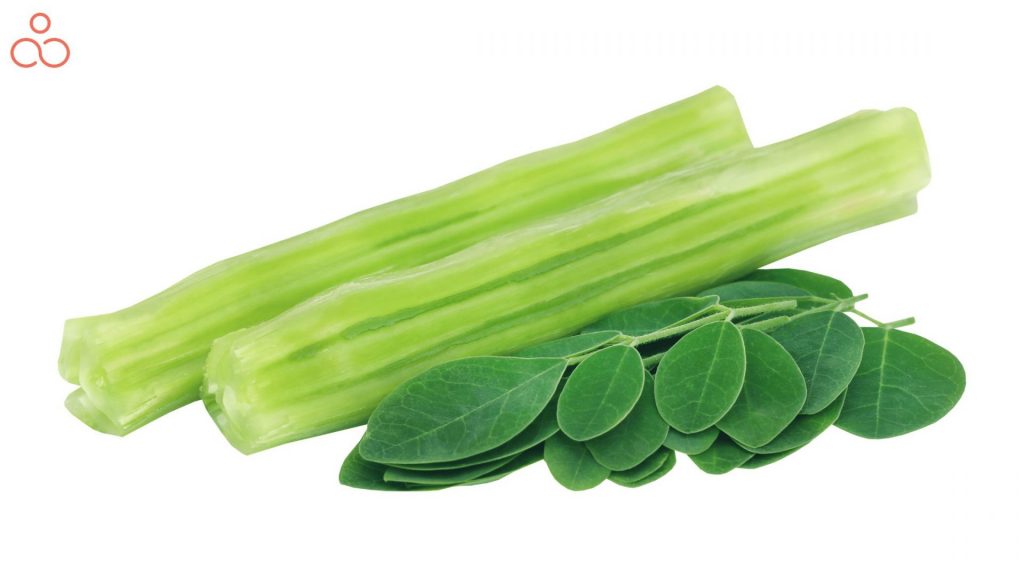
People from the western world like to try new types of diets. Even an ayurvedic diet from vegan to keto is a new fad for many westerners. The critical elements of any ayurvedic diet are linked to being vegetarian. Even if it’s not, it is arranged in a way that tames your dosha. It’s a great holistic approach to staying healthy and fit. Many people have gotten positive results because of the diet type.
Acceptance of Ayurveda in the West

In India, Ayurveda is regarded as a form of medical care, like any other system of medicine. Ayurvedic practitioners in India receive state-recognized, institutionalized training. Ayurveda’s trade, practice, and education are growing in many countries outside India, but it has yet to acquire full legal recognition as a medical system. Let’s talk about the Acceptance of Ayurveda in the US. Ayurvedic practitioners in the United States are currently unlicensed, and there is no national standard for Ayurvedic training or certification. Currently, there are just a handful of state-approved Ayurvedic schools in the United States. And Ayurveda is often thought of as a wellness system rather than a treatment system in the west, especially in the European Union. Ayurveda has been practiced for over a century in European nations with close ties to India. However, the EU directive has limited the sale of herbal medicines in Europe, as well as the practice of Ayurveda across the continent.
Ayurvedic products are not reviewed or approved by the FDA. In Fact, the FDA has prohibited certain herbal medicines since 2007. As per the FDA one out of every five Ayurvedic medicines contains hazardous metals such as lead, mercury, and arsenic and are not suitable for health.
Final word!
Ayurveda is a very affluent and holistic science. It has served the world for centuries. People right now are adapting to the ayurvedic lifestyle. Also, we see the usage of Ayurveda in different aspects of life in the form of Yoga, herbal medicine, or meditation. The true state of ayurvedic treatment lies in working on a person’s internal and spiritual dimensions. Food and Yoga are just outer lines. The inner tandem of body and soul is what matters.
There are a lot of proponents of Ayurveda who affirm that one’s dosha determines good health. However, there is very little evidence to support this claim. A lot of ancient knowledge has disappeared due to difficulties in the past like colonization, invasion, poverty, etc. Although Ayurveda could be a good option for those who want to prevent diseases by correcting the imbalances causing the diseases, Modern medicine is a must in severe illnesses and emergencies.

